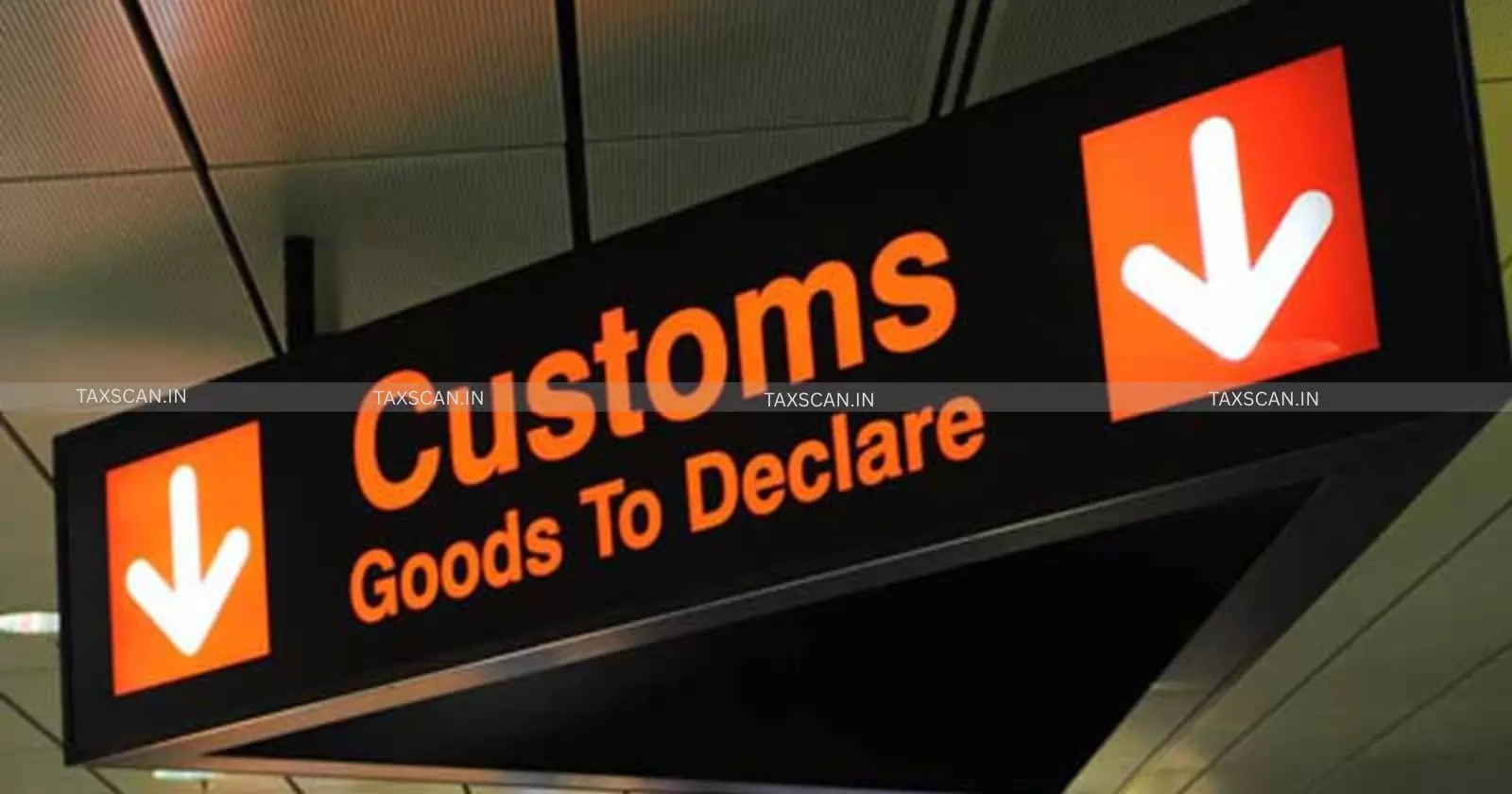New Customs Post-Clearance Revision Process for Entries: Recent Rule Change that You cannot Miss
Under the new framework, authorized persons such as importers, exporters, or licensed customs brokers can file an electronic application through a common online portal for revising entries.

The Ministry of Finance (Department of Revenue), through the Central Board of Indirect Taxesand Customs (CBIC), had issued Notification No. 70/2025-Customs (N.T.) dated October 30, 2025, announcing the implementation of the Customs (Voluntary Revision of Entries Post Clearance) Regulations, 2025.
The new rules allow importers, exporters, and customs brokers to voluntarily correct errors or omissions in customs documents even after goods have been cleared, using a digital application system. Effective from November 1, 2025,
The new regulations have been framed under the powers given by Section 18A of the Customs Act, 1962, which enables post-clearance amendments to entries made in documents such as the Bill of Entry, Shipping Bill, or Bill of Export.
Under the new regulations, importers and exporters can file an electronic application for post-clearance correction of entries whether or not a refund claim is involved.
The application must be filed at the same port where the original self-assessed duty was paid. Each submission must be digitally signed and accompanied by supporting documents such as invoices, contracts, or evidence justifying the correction sought.
Once an application is filed and accepted by the Customs Automated System, an acknowledgement number will be generated, signifying that the application has been officially filed. This
According to the notification, customs officials may re-assess the entries if discrepancies or irregularities are detected during the scrutiny of voluntary revision requests.
Applications will be subjected to risk-based selection, meaning that only those cases flagged by data analytics or risk parameters will undergo manual examination. Where a revision leads to a refund claim, applicants may be asked to furnish additional documents or clarifications within ten working days. Importantly, in such refund-linked revisions, the interest on delayed refunds will accrue from the date the complete application is acknowledged by the system.
Once approved, a Revised Entry Certificate will be generated electronically and shared automatically with all relevant agencies, such as the Directorate General ofForeign Trade (DGFT) or the shipping line concerned. Businesses are required to retain related records for five years, and any contravention of these norms can attract penalties under Section 158(2) of the Customs Act, 1962.
Notably, the facility cannot be used in cases where benefits have already been availed under foreign trade-linked incentive schemes, such as Duty Drawback or the Remission of Duties and Taxes on Exported Products (RoDTEP), and where a separate mechanism for reversal or correction already exists.
To operationalise the scheme, the CBIC has also amended the Levy of Fees (Customs Documents) Regulations, 1970, introducing a ₹1,000 fee for each electronic application filed under the voluntary correction mechanism, applicable to both imports and exports.
From an enforcement-heavy regime to a trust-based, technology-driven compliance model. By allowing traders to self-correct mistakes without penalty, the CBIC is aligning India’s customs procedures with global best practices such as the World Customs Organization’s Authorized Economic Operator (AEO) standards.
Support our journalism by subscribing to Taxscan premium. Follow us on Telegram for quick updates


